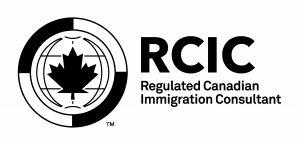Flagpoling is indeed an effective strategy for expediting the process of obtaining work permits, study permits, or Visitor Records from the Canadian Border Services Agency (CBSA). It’s particularly advantageous for those residing near the Canada/U.S. border due to its efficiency.
The term “flagpoling” itself is derived from the symbolic act of touching the flagpole between two countries’ borders, indicating exiting and re-entering a country. While the physical act of touching a pole isn’t necessary at the Canada/U.S. border, individuals may need to navigate around the CBSA building or cross the border to the U.S. and return to Canada.
One significant advantage of flagpoling is the avoidance of lengthy processing times associated with Immigration, Refugees, and Citizenship Canada (IRCC), which can take up to 6 months to process a work permit. Moreover, if an IRCC application is refused due to missing documentation, individuals may find themselves in a precarious situation with Maintained Status and risk losing it with a refusal. With flagpoling, if the CBSA requests additional documentation, individuals can promptly return the next day with the required paperwork, ensuring they remain in legal status in Canada.
Would you like further information on how to navigate the flagpoling process and the necessary documentation? Feel free to schedule an appointment with us for a detailed discussion!

